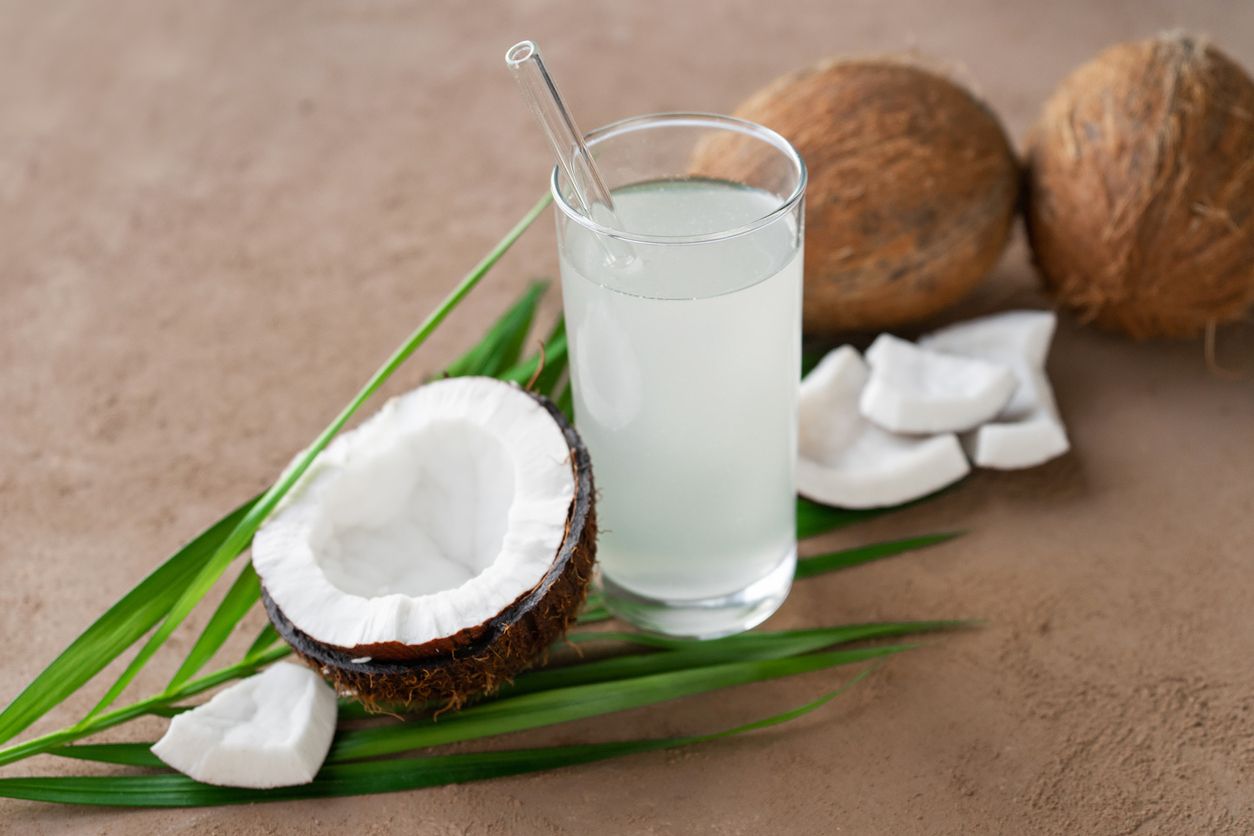Are spirulina, blue-green algae and cyanobacteria one and the same?
The name "spirulina" comes from the spiral shape that can be seen under a microscope. Spirulina has been part of many cultures' diets for centuries.
spirulina
blue-green-algae
healthy ingredients
healthy living
StemVLife

We can say they are all the same because spirulina is type of blue-green alga (plural "algae") that are also known as cyanobacteria. They thrive in fresh waters between 85 to 112 degrees Fahrenheit, and in alkalinity from 8 to 11 pH, making spirulina a very clean food source since other organisms cannot survive in those conditions. The name "spirulina" comes from the spiral shape that can be seen under a microscope. Spirulina has been part of many cultures' diets for centuries.
Blue-green algae (Spirulina) contains many nutritional compounds such as:
- Beta-carotene
- High protein content
- B-complex vitamins
- Vitamin E
- Zeaxanthin
- Gamma-linolenic acid, a beneficial fatty acid rich in bioavailable iron
- Minerals
- Calcium
- Potassium
- Magnesium
- Trace elements of manganese, selenium and zinc
Health benefits associated with Blue-green algae (Spirulina) include:
- Weight loss
- Cancer prevention
- Lowering cholesterol
- Antiviral properties
- Combatting fatigue
- Boosting the immune system
- Enhancing athletic performance by promoting recovery
- Increasing natural killer cells
- Detoxifying effects by increasing urinary secretion of arsenic in people with chronic exposure
- Increasing hemoglobin levels
Did You Know?
StemVLife contains spirulina, as part of a powerful stem cell nutrition formula.







